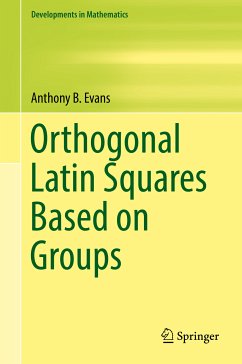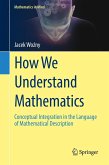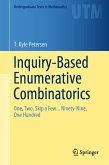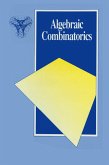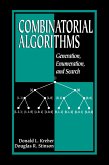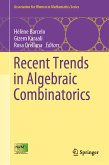This monograph presents a unified exposition of latin squares and mutually orthogonal sets of latin squares based on groups. Its focus is on orthomorphisms and complete mappings of finite groups, while also offering a complete proof of the Hall-Paige conjecture. The use of latin squares in constructions of nets, affine planes, projective planes, and transversal designs also motivates this inquiry.
The text begins by introducing fundamental concepts, like the tests for determining whether a latin square is based on a group, as well as orthomorphisms and complete mappings. From there, it describes the existence problem for complete mappings of groups, building up to the proof of the Hall-Paige conjecture. The third part presents a comprehensive study of orthomorphism graphs of groups, while the last part provides a discussion of Cartesian projective planes, related combinatorial structures, and a list of open problems.
Expanding the author's 1992 monograph, Orthomorphism Graphs of Groups, this book is an essential reference tool for mathematics researchers or graduate students tackling latin square problems in combinatorics. Its presentation draws on a basic understanding of finite group theory, finite field theory, linear algebra, and elementary number theory-more advanced theories are introduced in the text as needed.
Dieser Download kann aus rechtlichen Gründen nur mit Rechnungsadresse in A, B, BG, CY, CZ, D, DK, EW, E, FIN, F, GR, HR, H, IRL, I, LT, L, LR, M, NL, PL, P, R, S, SLO, SK ausgeliefert werden.
Es gelten unsere Allgemeinen Geschäftsbedingungen: www.buecher.de/agb
Impressum
www.buecher.de ist ein Internetauftritt der buecher.de internetstores GmbH
Geschäftsführung: Monica Sawhney | Roland Kölbl | Günter Hilger
Sitz der Gesellschaft: Batheyer Straße 115 - 117, 58099 Hagen
Postanschrift: Bürgermeister-Wegele-Str. 12, 86167 Augsburg
Amtsgericht Hagen HRB 13257
Steuernummer: 321/5800/1497
USt-IdNr: DE450055826
Bitte wählen Sie Ihr Anliegen aus.
Rechnungen
Retourenschein anfordern
Bestellstatus
Storno

